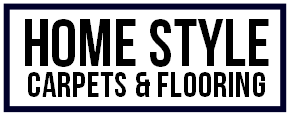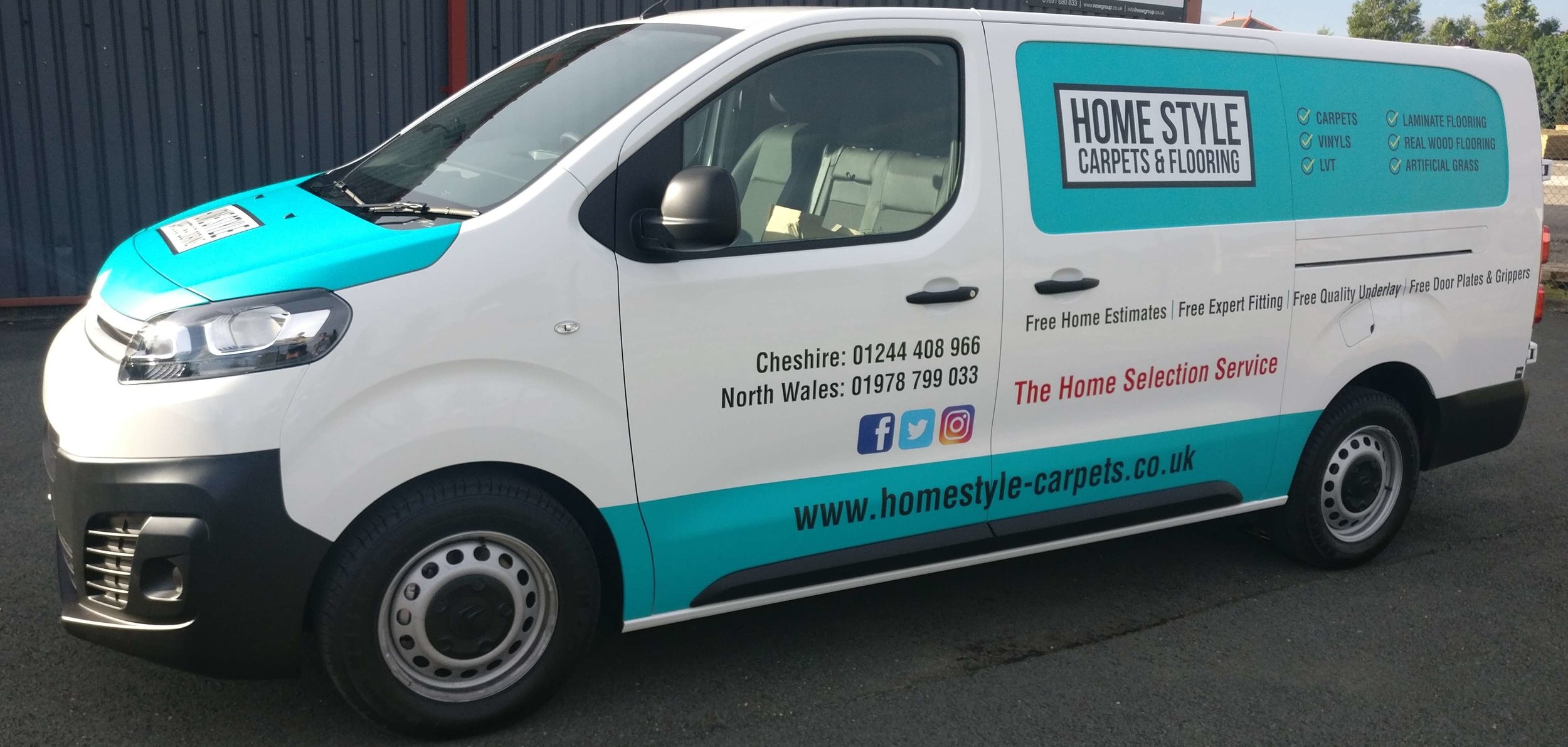What areas of the home suit luxury vinyl tiles?
/It’s fair to say that vinyl flooring has come a long way since it was first manufactured as a product. While vinyl was discovered by a German chemist in the 1800s, its first use in flooring took place in the 1930s in Ohio, in the USA. In the 1950s and 60s, it became a popular and affordable floor solution, but the forerunner for today’s luxury vinyl tiles, or LVT for short, came in the 1970s, with the first ever vinyl plank flooring.
When professionally installed, modern LVT offers homeowners a wealth of benefits, from easy maintenance and affordability to a scratch and water-resistant surface. Its versatility involves it being able to recreate the look and feel of natural wood and stone, or to match any colour and pattern present for a cohesive look.
In the next sections, we’ll examine how LVT works with different living spaces around properties, providing guidance on its suitability as a flooring choice.
Living rooms
Used for recreation, living rooms typically enjoy low moisture levels, a stable temperature and minimal footfall. These conditions are exceptionally easy for LVT to cope with, making it an ideal option.
Even when central heating is used extensively in winter months, LVT is resistant to heat, ensuring it never buckles or warps in higher temperatures. This makes it a perfect partner for underfloor heating systems.
Kitchens
Today’s LVT flooring can resist leaks from washing machines and spills from sinks, providing sealed waterproof protection. With a durable surface, it’s also able to defend against dents and scratches when kitchen equipment falls to the floor. Finally, it’s exceptionally easy to clean. All these reasons allow LVT to provide a hardwearing and hygienic environment that still looks high-end.
Bedrooms
While many people prefer carpeting in the rooms they sleep in, LVT can appear like real wood or authentic stone, creating stylish bedroom designs. LVT is also an excellent solution when you suffer from dust allergies, as it’s easier to keep free of unwanted particles, offering a more restful sleep. Those seeking a little extra warmth underfoot can consider installing an underfloor heating system, or simply adding some soft rugs.
Bathrooms
Along with being impermeable to water splashed from sinks, showers and baths, LVT can be cleaned with water-based methods and products, making high levels of sanitation simple. It’s also offered in an impressive array of styles, colours, textures and tones, providing plenty of design possibilities.
Conservatories
The increased sunlight in conservatories can lead to sun fading on many floor types, but high-quality LVT is typically UV protected. Its waterproof quality also makes it suitable for watering plants and easy cleaning.
Basements
Vinyl flooring is perfect for basements, whether they are being used for storage or are converted into recreation areas. Basements experience a wide range of temperature changes, which can damage certain styles of flooring, however, LVT can easily cope with any fluctuations.
LVT is a versatile option suited to many rooms of the house, and it’s also perfect for outbuildings of all types, from sheds and greenhouses to outdoor gyms and home offices.

